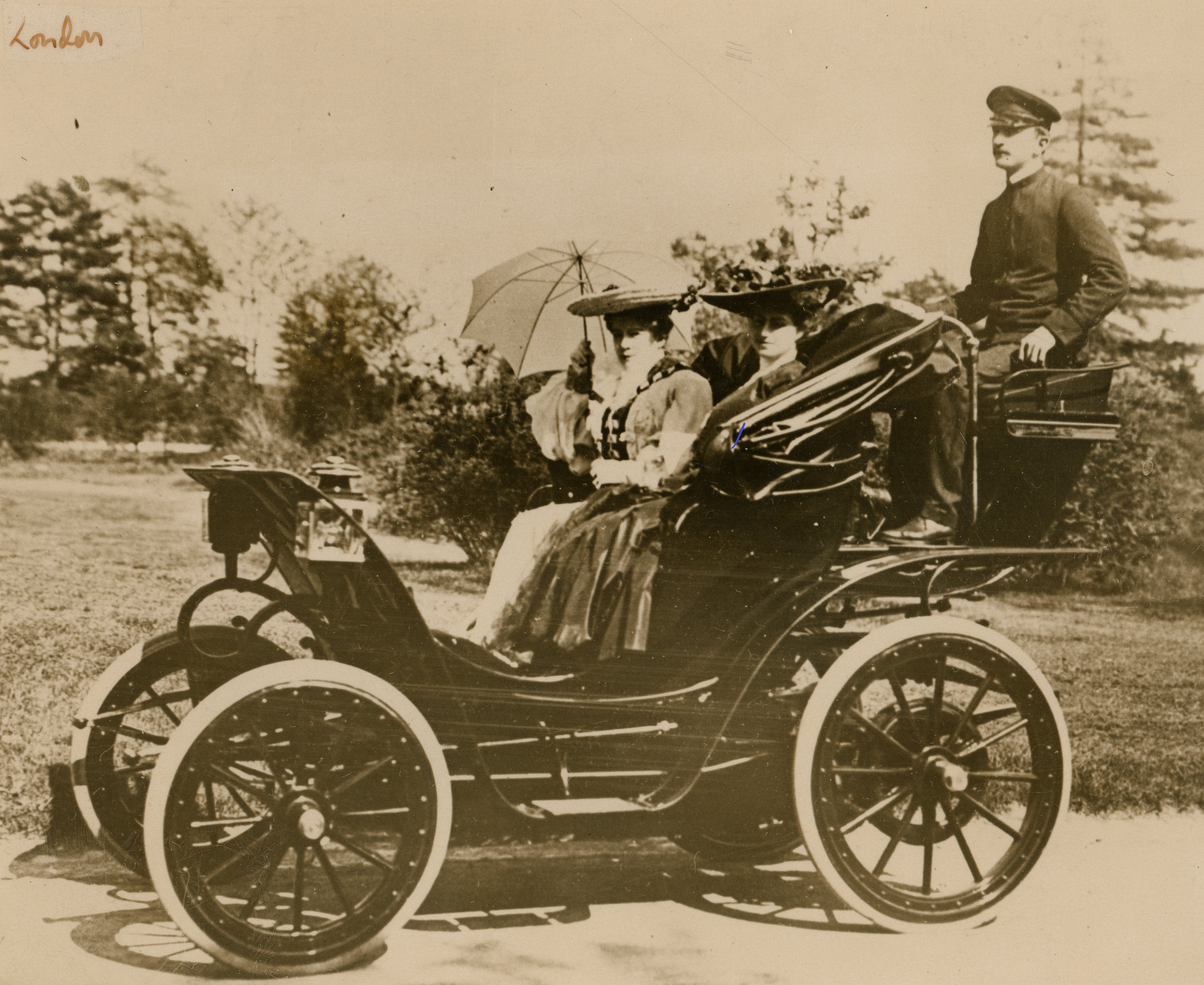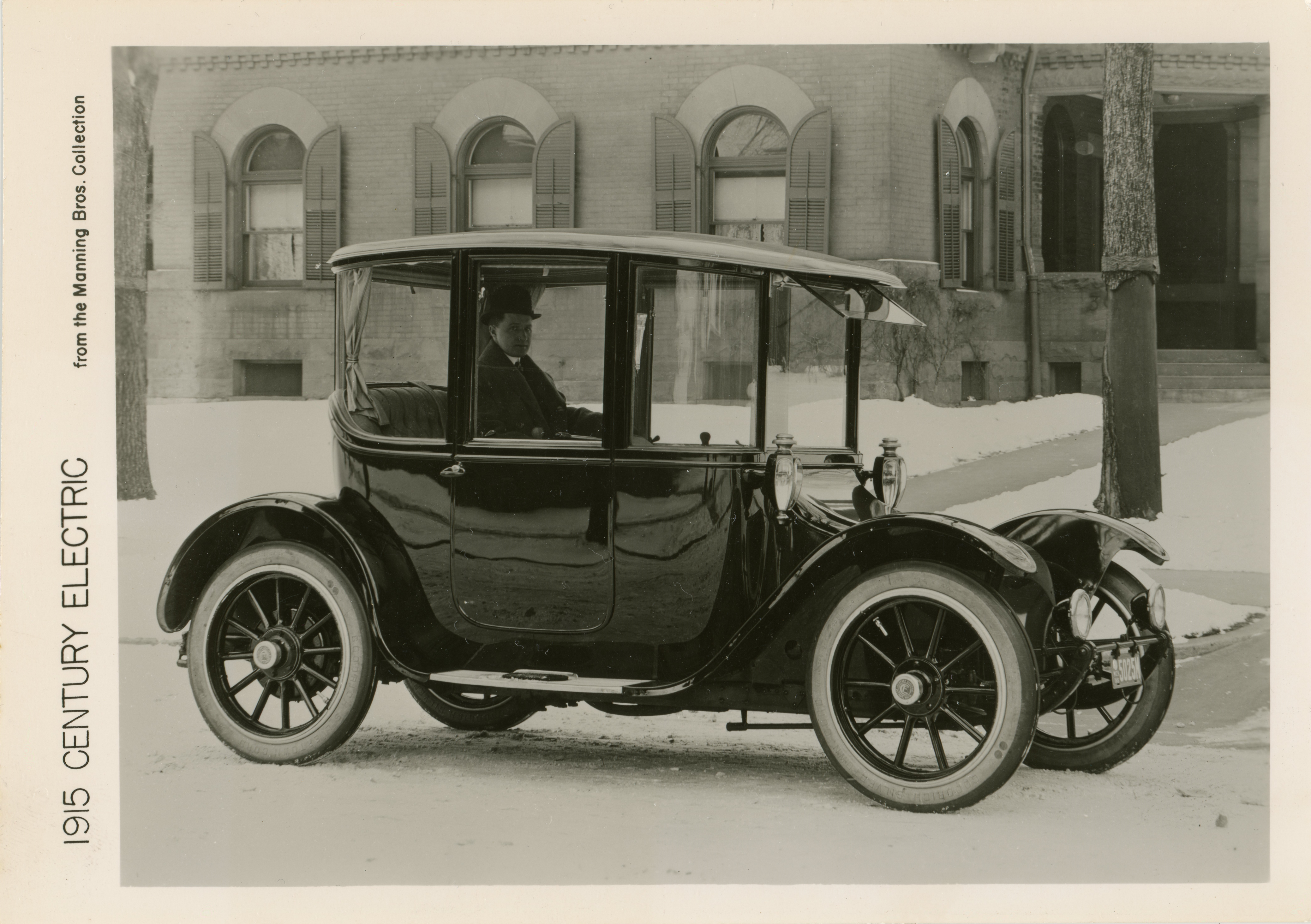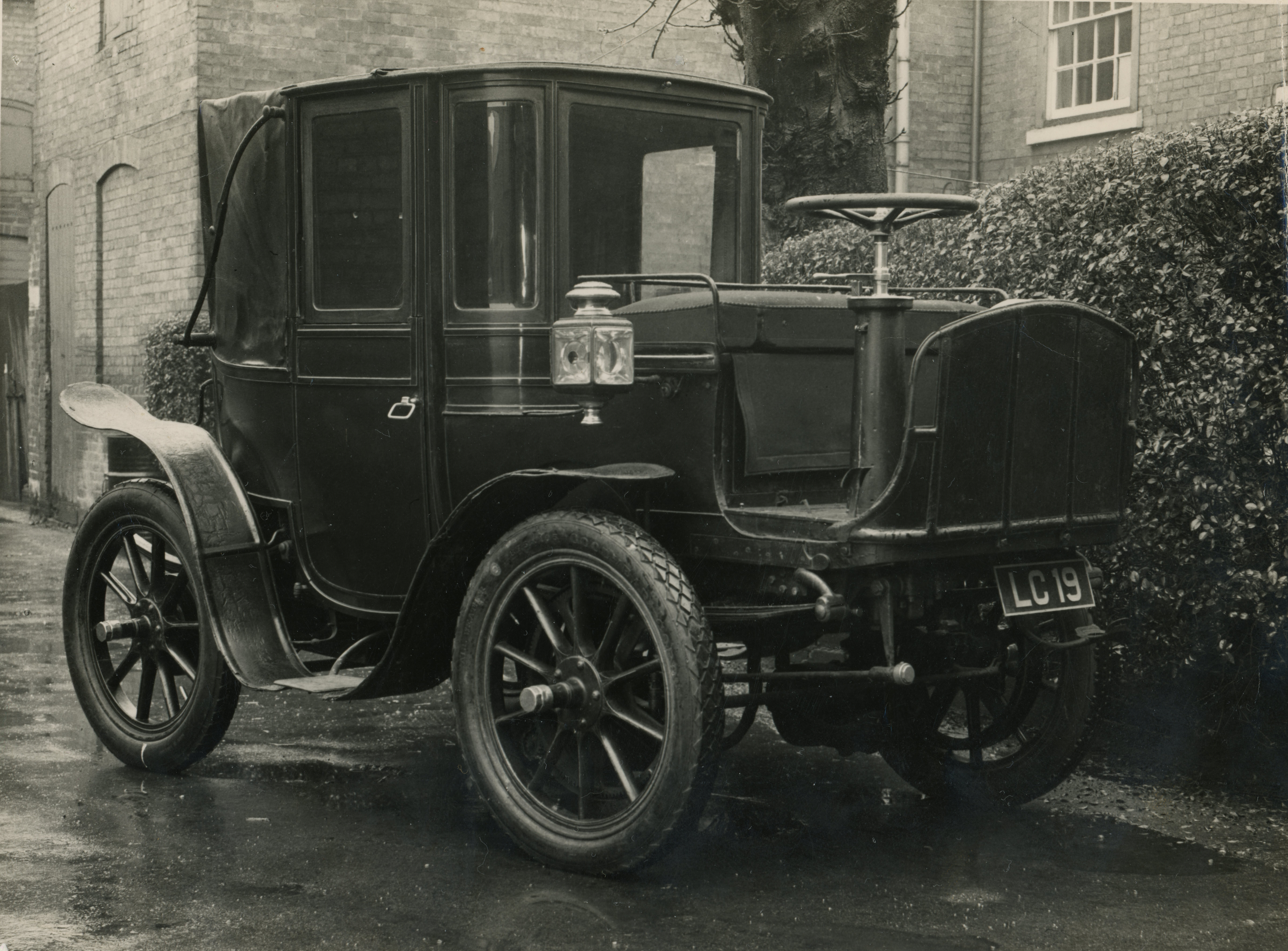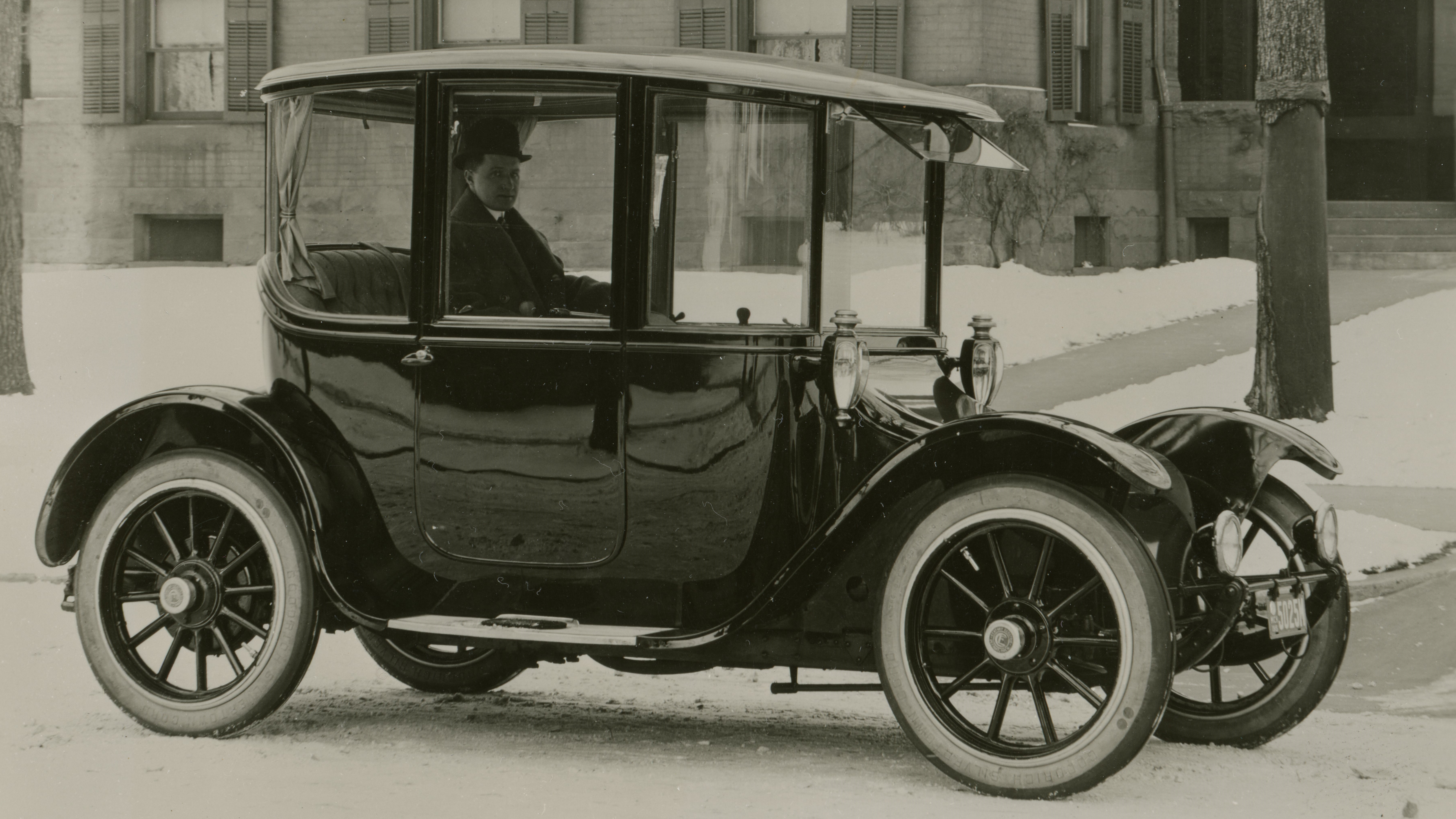Electric Mobility
The Future, Once Again
Jure Stojan, DPhil
ASSOCIATE EDITOR
Jan Tomše
EXECUTIVE EDITOR
One of today’s cutting-edge technologies, electric cars were, in fact, introduced more than a century ago. A brief look back into the early days of electric mobility.
The Rise
It’s hard to ascribe the invention of the electric car to a single inventor or country. Instead, it was a series of breakthroughs in the 1800s, from the battery to the electric motor, that led to the first electric vehicle on the road. In the early part of the century, innovators in Hungary, the Netherlands and the United States – including a blacksmith from Vermont – began toying with the concept of a battery-powered vehicle, and created some of the first small-scale electric cars. While it was
around the same time that Robert Anderson, a British inventor, developed the first and crude electric carriages, it wasn’t until the second half of the 19th century that French and English inventors built some of the first practical models.

In the United States, the first successful electric vehicle made its debut around 1890, at a time when the horse was still the predominant mode of transportation. One of the electric debutants on US roads, a six-passenger vehicle capable of top speeds of 14 miles per hour, was little more than an electrified wagon – but it helped spark interest in electric vehicles. Over the next few years, electric vehicles began popping up all across America. New York City was known for its fleet of more than 60 electric taxis.
The Fall
At around the same time as the electric vehicles first emerged on the market, competition emerged: the gasoline powered cars that held much promise of its own. Even though the electric cars didn’t have any of the issues associated with steam or gasoline, they were quiet, easy to drive and didn’t emit a smelly pollutant, it was Henry Ford’s massproduced Model T, a gasoline-powered car, that dealt a death blow to the electric car. But also its price. While by 1912, the gasoline car cost $650, an electric roadster sold for $1,750.
Other developments also contributed to the decline of the electric drive. By the 1920s, the U.S. had a better system of roads connecting cities, and Americans wanted to get out and explore. With the discovery of Texas crude oil, gas became cheap and readily available for rural Americans, and filling stations began popping up across the country. In comparison, very few Americans outside of cities had electricity at that time. In the end, electric vehicles all but disappeared by 1935.

Like a Phoenix
What followed was sort of a dark age for the electric automobile, with little technological advancement over the following thirty. Cheap and abundant gasoline, coupled with continued improvement in the internal combustion engine, curtailed demand for alternative fuel vehicles. Then, gas shortages spark interest in electric vehicles once again. Soaring oil prices and gasoline shortages – peaking with the 1973 Arab Oil Embargo – created a growing interest in cutting dependence on oil. Around the same time, many big and small automakers began exploring options for alternative fuel vehicles, including electric cars. In the 20 years since the long gas lines of the 1970s, interest in electric vehicles had mostly died down. But the environmental concern drove electric vehicles forward. Even though not much attention was paid to electric vehicles at the time, behind the scenes, scientists and engineers were improving electric vehicle technology, including batteries.

The first turning point was the introduction of the Toyota Prius. Released in Japan in 1997, the Prius became the world’s first mass-produced hybrid electric car. In 2000, the Prius gained a worldwide fame as it was backed by celebrities. Then came another event that would reshape electric vehicles – the 2006 announcement by a small, Silicon-Valley-based start-up, Tesla Motors, that it would start producing luxury electric vehicles that could go more than 200 miles on a single charge
Over the next years, automakers around the world began rolling out electric vehicles and developing new battery technologies.
The rest, as they say, is history.
PHOTOS: ISR ARCHIVES. ALL PHOTOGRAPHS WERE FORMERLY PART OF THE BRYAN GOODMAN COLLECTION
THE ADRIATIC
This article was originally published in The Adriatic: Strategic Foresight 2022
If you want a copy, please contact us at info@adriaticjournal.com.









